The Middle East cradles some of humanity’s oldest continuously inhabited
settlements, where ancient traditions and ways of life persist despite the modern
world’s rapid advance. These remarkable villages, some dating back thousands of
years, offer visitors unique glimpses into traditional life that has remained largely
unchanged for centuries.
From mud-brick houses in Yemen’s mountains to stone dwellings in Turkey’s caves,
these living museums preserve architectural techniques, customs, and daily routines
that have nearly vanished elsewhere in our fast-paced world.
Shibam, Yemen
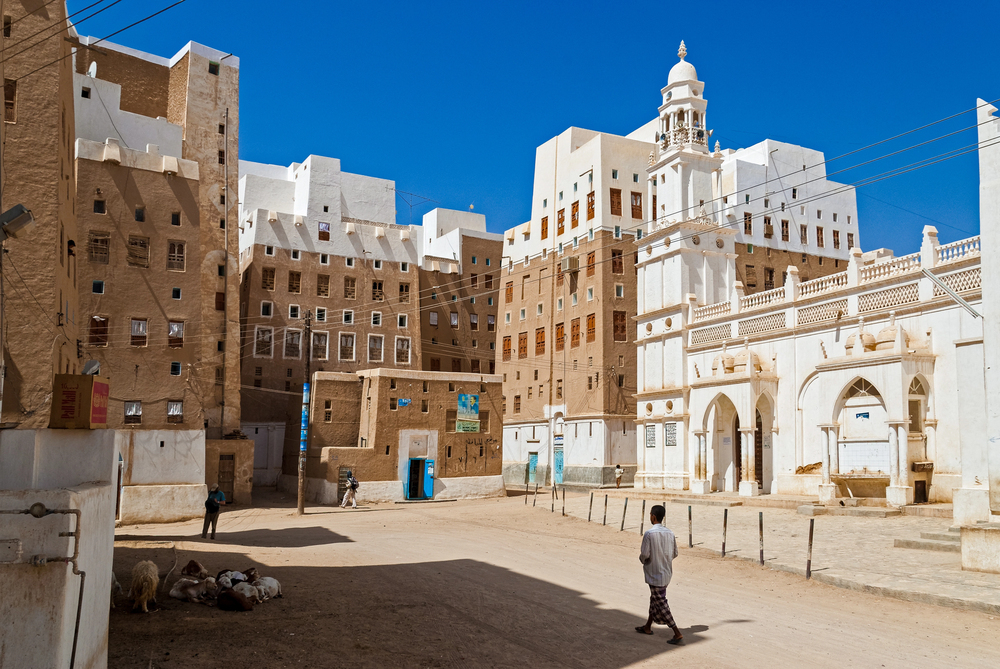
Often called the ‘Manhattan of the Desert,’ Shibam rises from the Hadhramaut Valley
with mud-brick skyscrapers dating back to the 16th century. The village’s 500 tower
houses, reaching heights of up to 100 feet, showcase medieval Islamic urban
planning at its finest.
Local families still maintain these ancient buildings using traditional techniques passed down through generations. The narrow streets between these towering structures provide natural air conditioning in the desert heat, while rooftop terraces offer spectacular views across the valley.
Dana, Jordan
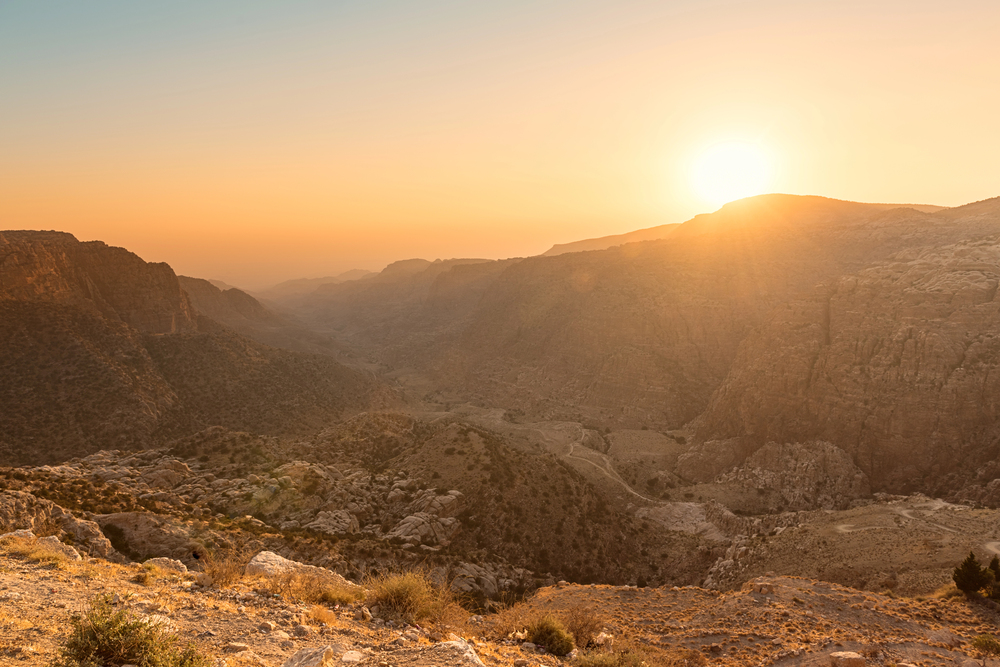
Perched on the edge of the Great Rift Valley, Dana village dates back to the
Ottoman period and beyond. The stone houses, built into the hillside, provide
spectacular views over the Dana Biosphere Reserve’s rugged landscape.
Local Bedouin families maintain traditional lifestyles, producing herbs, jams, and
handicrafts using age-old methods. The village serves as a gateway to Jordan’s
largest nature reserve, where ancient copper mines and Byzantine churches dot the
landscape.
Like Travel Pug’s content? Follow us on MSN.
Harran, Turkey
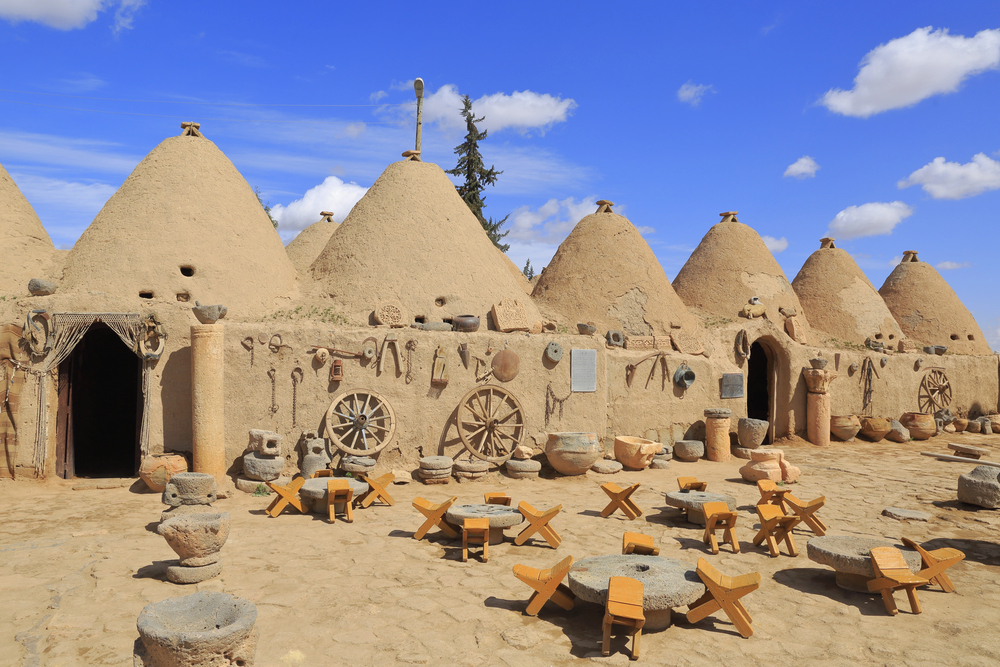
Famous for its unique beehive houses, Harran has been continuously inhabited for
at least 6,000 years. The distinctive conical houses maintain comfortable
temperatures year-round using ancient architectural principles.
Local families continue to use these structures as they have for centuries while practicing traditional crafts and agriculture. The village was once a major Mesopotamian center of astronomy and home to one of the world’s oldest universities.
Ghadames, Libya
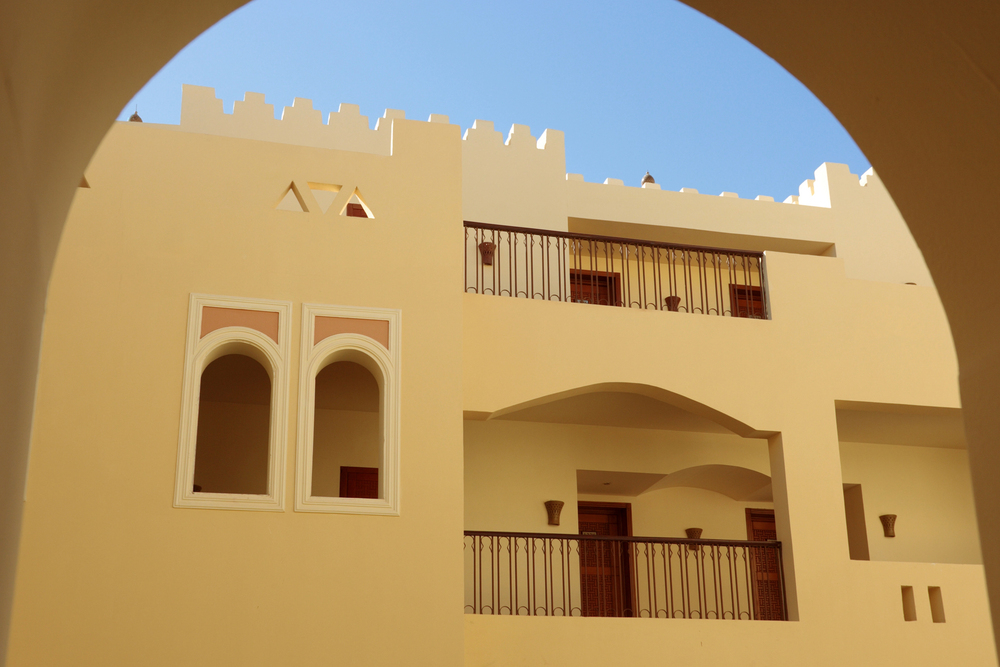
Known as the ‘Pearl of the Desert,’ this UNESCO World Heritage site features a
unique covered street system protecting inhabitants from the Saharan sun. The
traditional houses feature distinctive vertical divisions, with ground floors for storage,
family rooms above, and rooftop terraces for women’s gatherings.
Local guides share stories of the town’s role in trans-Saharan trade routes. The whitewashed walls and intricate decorations reflect centuries of desert architectural wisdom.
Maaloula, Syria
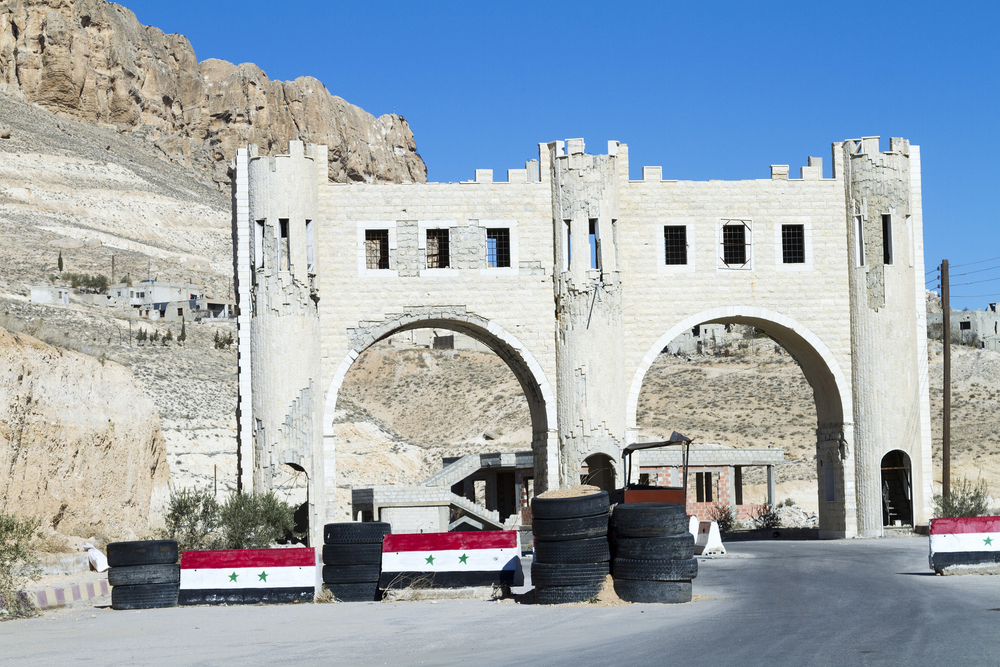
One of the few places where Aramaic, the language of Jesus, is still spoken,
Maaloula clings to a mountainside north of Damascus. The village’s blue-painted
houses cascade down the cliff face, connected by ancient stone stairways and
passages.
Local monasteries maintain centuries-old religious traditions and manuscripts. The surrounding caves contain early Christian churches and hermitages carved into the rock.
Like Travel Pug’s content? Follow us on MSN.
Shaharah, Yemen

Perched atop a mountain at 8,000 feet, Shaharah features a remarkable stone
bridge connecting two peaks. The village’s defensive position and architecture reflect
centuries of tribal conflicts and isolationist traditions.
Local families maintain traditional agricultural terraces dating back over 1,000 years. The village’s stone houses seem to grow directly from the mountain rock, creating an otherworldly landscape.
Hasankeyf, Turkey
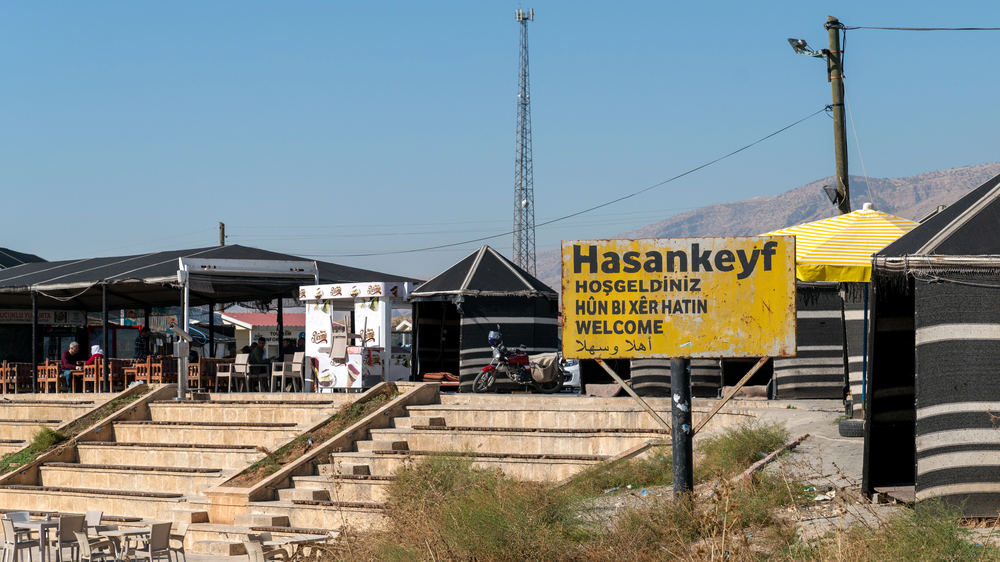
This ancient Silk Road town combines cave dwellings with medieval Islamic
architecture along the Tigris River. The village’s history spans nine civilizations,
leaving a rich tapestry of archaeological treasures and living traditions.
Local artisans continue to practice traditional crafts in cave workshops carved into the limestone cliffs. The medieval bridge ruins and citadel tell stories of the town’s strategic
importance throughout history.
Ibri, Oman
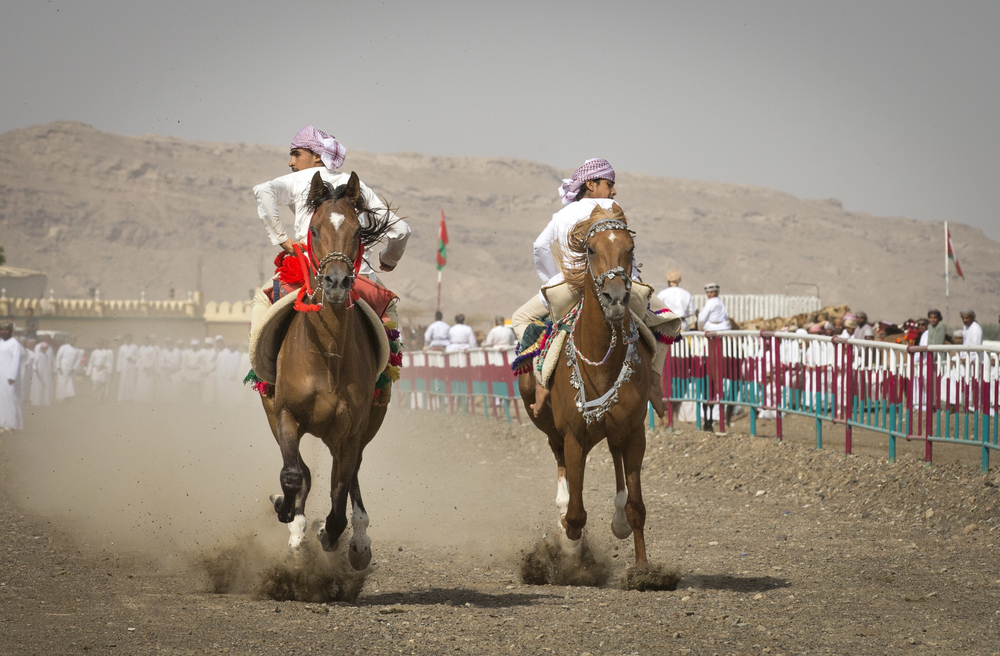
The old quarter of Ibri preserves traditional Omani architecture and lifestyle within its
mud-brick walls. The village’s ancient souq continues to operate as it has for
centuries, with merchants selling traditional goods and spices.
Local families maintain date palm gardens using traditional falaj irrigation systems. The Friday mosque and fort complex showcase classical Omani defensive architecture.
Like Travel Pug’s content? Follow us on MSN.
Deir el-Qamar, Lebanon
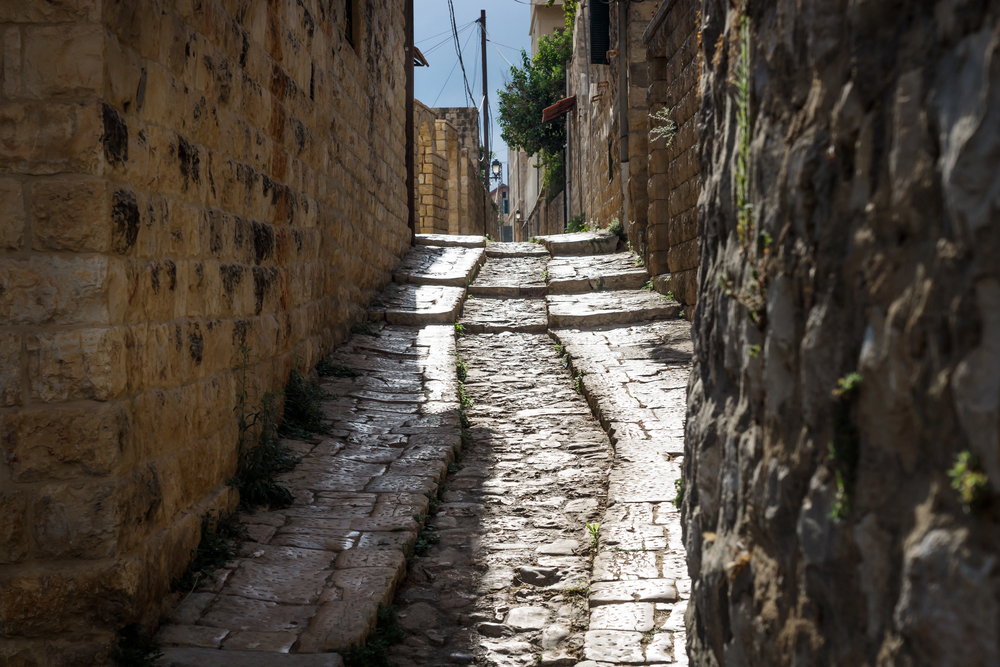
This historic village in the Chouf Mountains served as Lebanon’s capital during the
16th and 17th centuries. The well-preserved stone houses feature traditional
Lebanese architecture with red-tiled roofs and elegant arched windows.
Local families continue to produce traditional silk textiles and preserve ancient foodways. The village square hosts one of the region’s oldest mosques alongside churches and synagogues, reflecting centuries of religious coexistence.
Ma’loob, Iraq
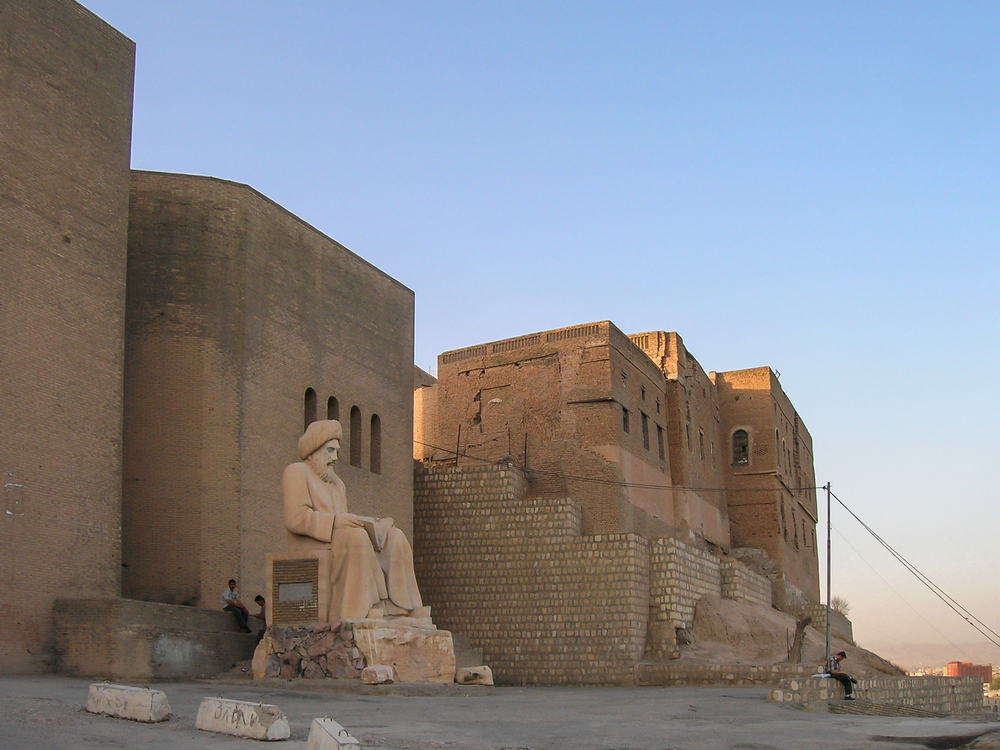
This ancient Yazidi village in northern Iraq preserves unique architectural styles and
religious traditions. The stone houses, built without mortar, demonstrate advanced
engineering techniques passed down through generations.
Local artisans continue to practice traditional stone masonry and metalworking. The village’s temples and shrines maintain ancient Yazidi religious practices.
Al-Hajjarah, Yemen
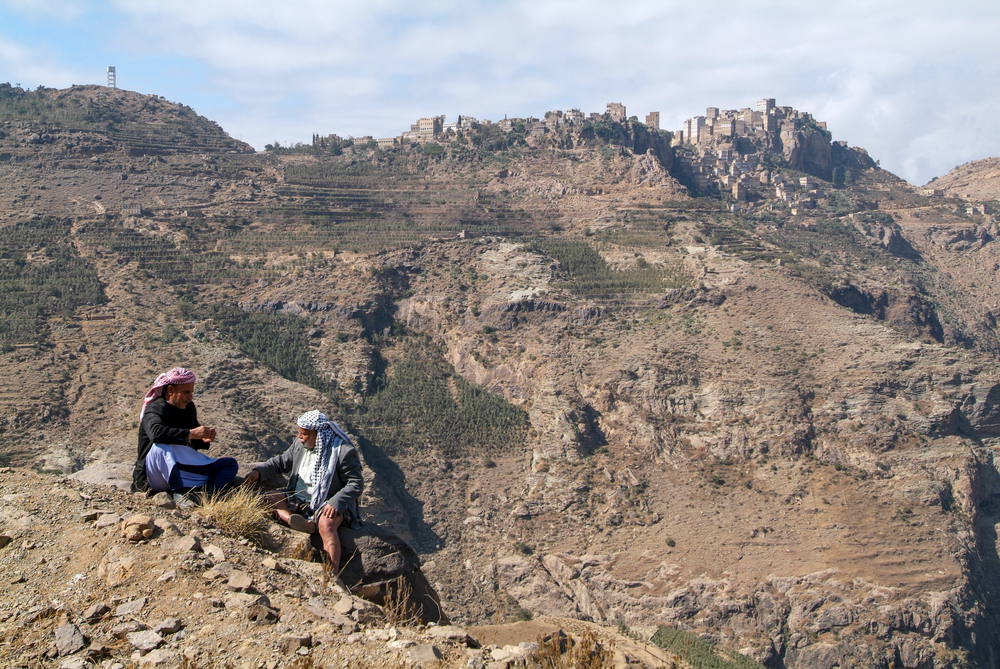
Built atop a volcanic plug, Al-Hajjarah’s multi-story stone houses seem to defy
gravity. The village’s defensive architecture includes bridges that could be removed
during times of conflict.
Local families continue to maintain traditional gardens on ancient agricultural terraces. The village mosque, over 800 years old, features unique architectural elements found nowhere else in Yemen.
Like Travel Pug’s content? Follow us on MSN.
Kandovan, Iran
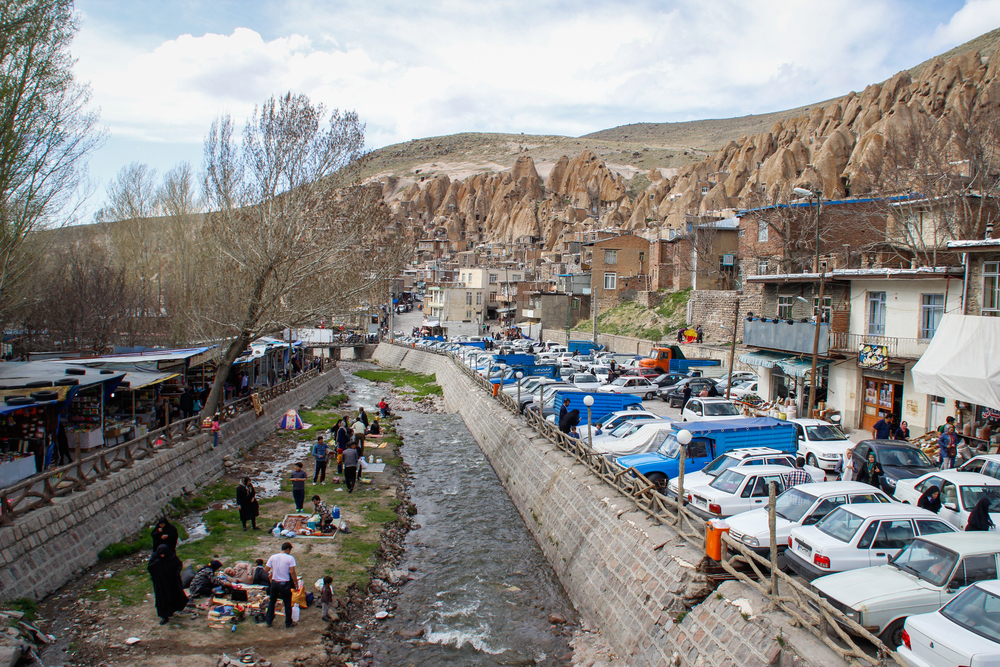
Often compared to Turkey’s Cappadocia, Kandovan’s cave houses have been
continuously inhabited for over 700 years. The cone-shaped homes, carved from
volcanic rock, maintain comfortable temperatures year-round.
Residents still use traditional methods to produce honey and dairy products in cave storage rooms. The village’s unique architecture adapts perfectly to the region’s harsh climate.
Al Qosh, Iraq
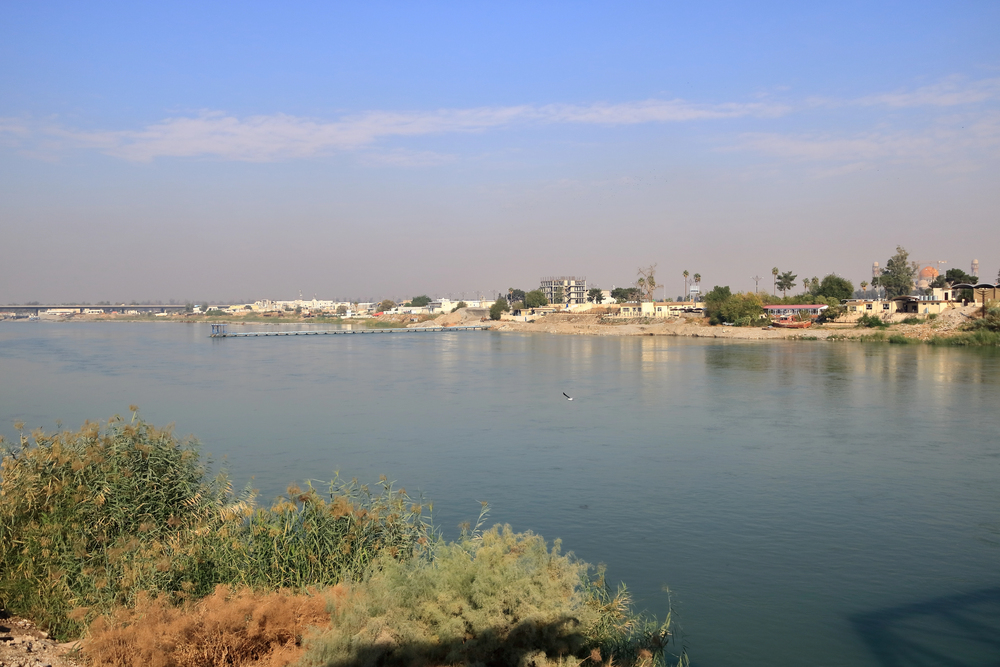
This ancient Assyrian Christian village near Mosul preserves some of the oldest
Christian traditions in the Middle East. The village’s monastery, dating back to the
6th century, contains precious manuscripts and religious artifacts.
Local families maintain traditional Aramaic language and customs. The surrounding caves contain ancient hermitages and tombs carved into the mountainside.
Balat, Egypt
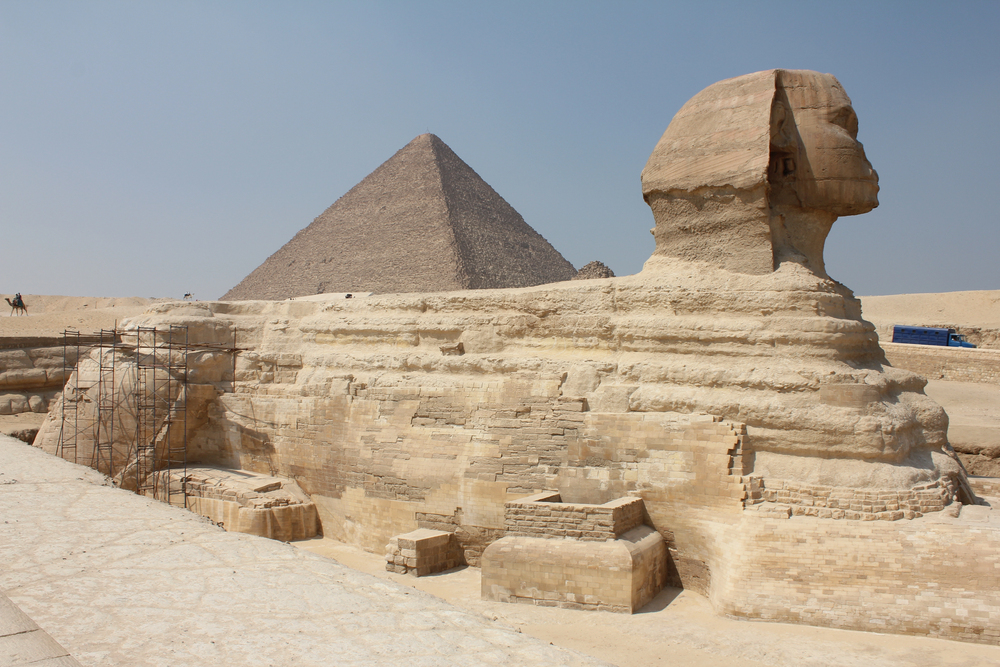
Located in the Dakhla Oasis, Balat preserves medieval Islamic desert architecture in
its maze-like streets. The mud-brick houses feature unique wind-catching towers that
provide natural air conditioning.
Local artisans continue to practice traditional pottery making using methods unchanged for centuries. The village’s covered market maintains the atmosphere of medieval Islamic commerce.
Like Travel Pug’s content? Follow us on MSN.
As-Salt, Jordan

This historic town showcases some of the finest examples of late Ottoman
architecture in the region. The yellow limestone buildings, with their distinctive tall
windows and domed roofs, reflect the town’s prosperity during the Ottoman period.
Local families maintain traditional food preparation methods and handicraft
production. The old souq continues to function as the heart of community life.
Jazin, Oman
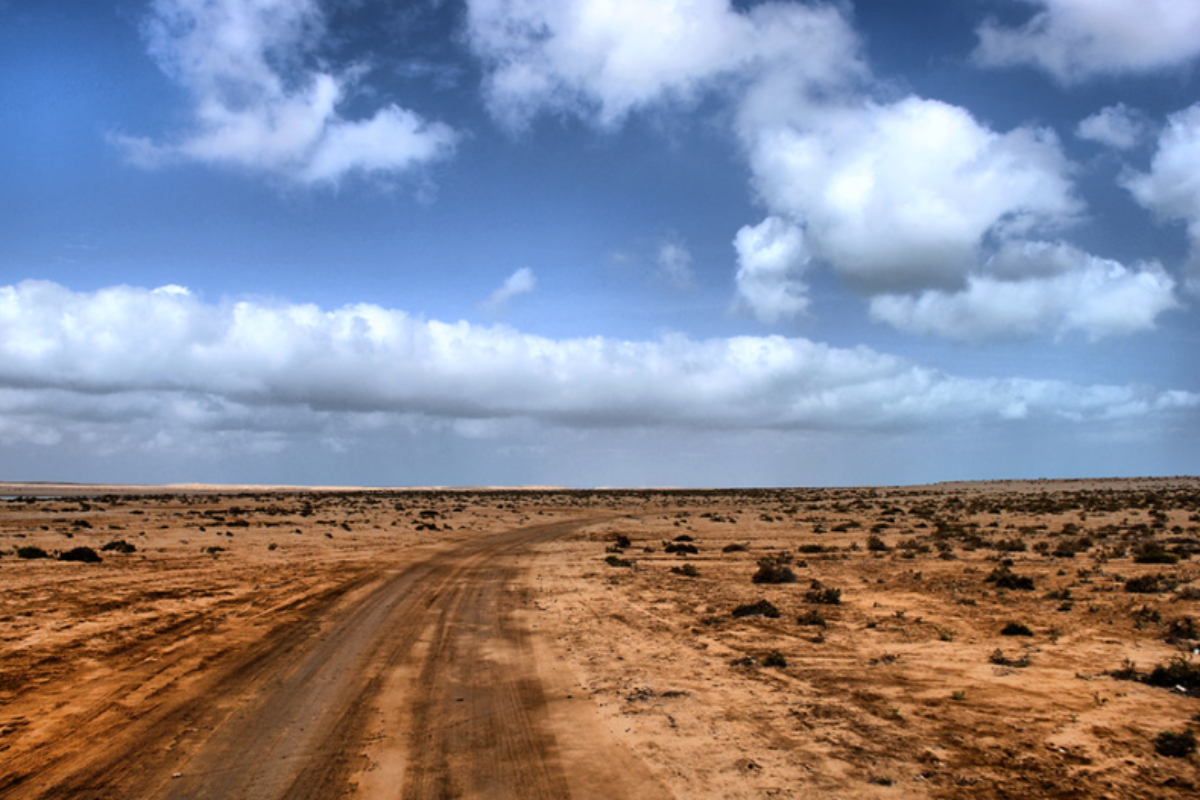
Clinging to the side of a dramatic gorge, Jazin preserves traditional Omani mountain
village architecture. The stone houses, built without mortar, demonstrate remarkable
engineering adapted to the challenging terrain.
Local families maintain ancient terraced farms using traditional irrigation methods. The village’s defensive towers and gates recall centuries of tribal warfare and protection of vital water resources.
Tell Qaramel, Syria
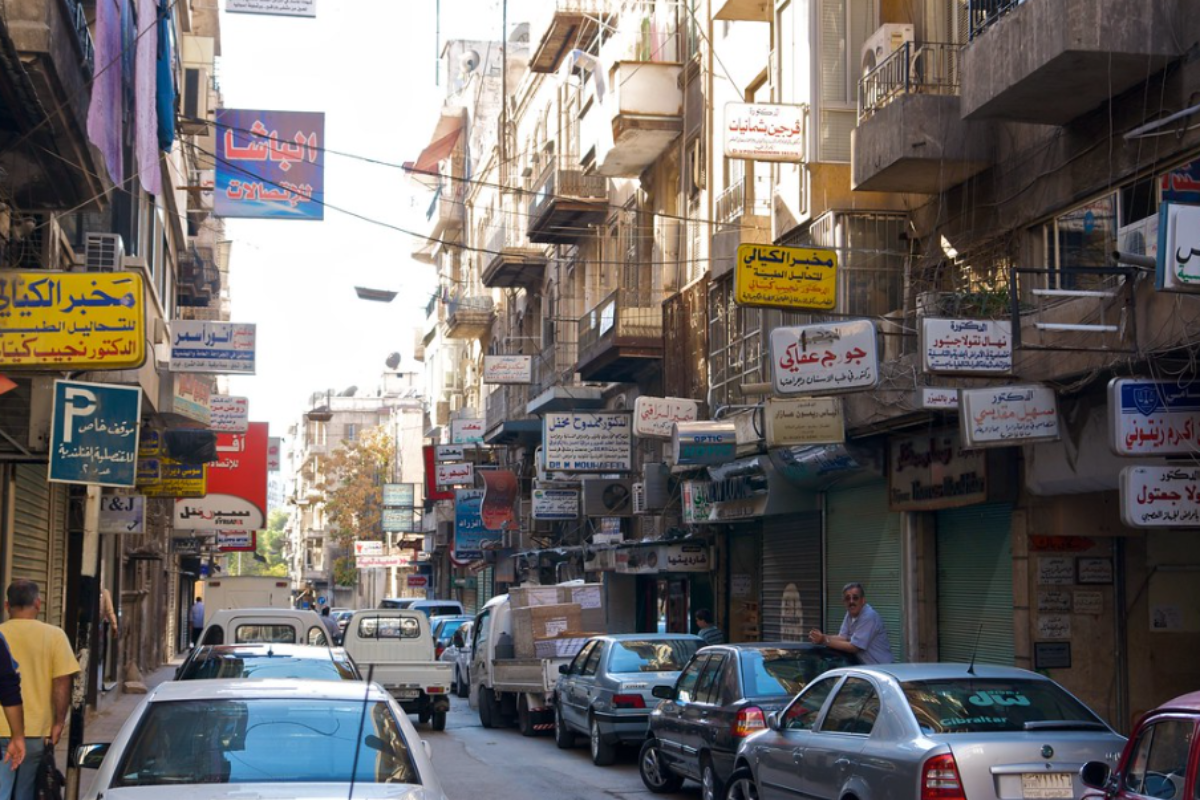
This ancient village contains some of the oldest known human settlements, dating
back over 12,000 years. The stone houses preserve architectural techniques that
have remained largely unchanged since Neolithic times.
Local families continue traditional agricultural practices in the fertile valley below. The village’s ancient temples and ritual sites provide insights into early human civilization.
Like Travel Pug’s content? Follow us on MSN.
Al-Qasr, Egypt
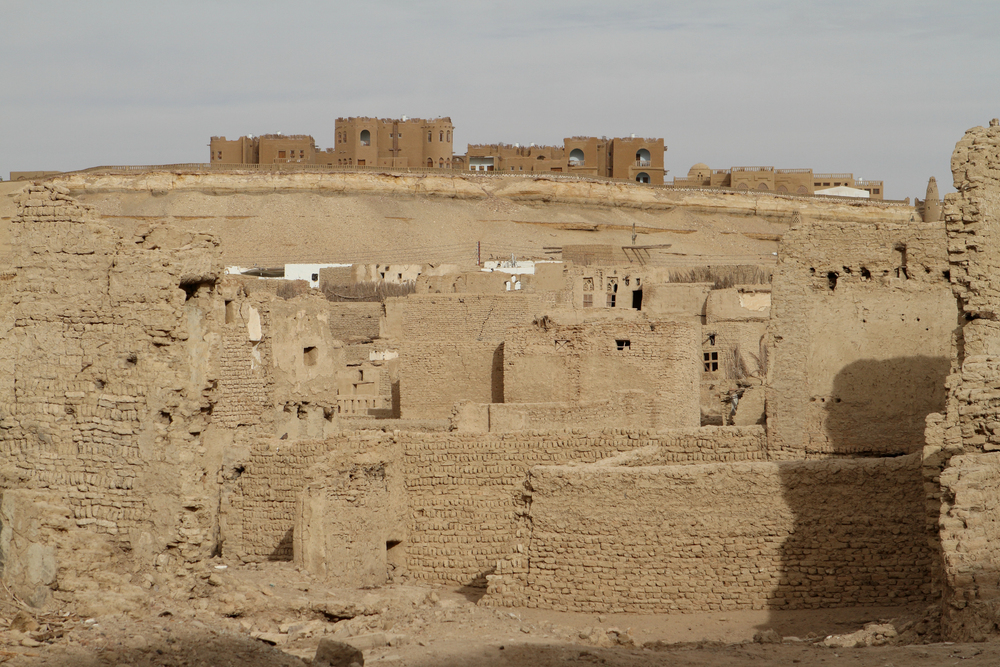
Located in the Dakhla Oasis, Al-Qasr preserves medieval Islamic architecture and
urban planning. The mud-brick houses feature intricate wooden lintels with Arabic
calligraphy and decorative elements.
Local artisans continue to practice traditional carpentry and metalworking techniques. The village’s Ottoman-era mosque and administrative buildings maintain their original functions.
Lifta, Israel
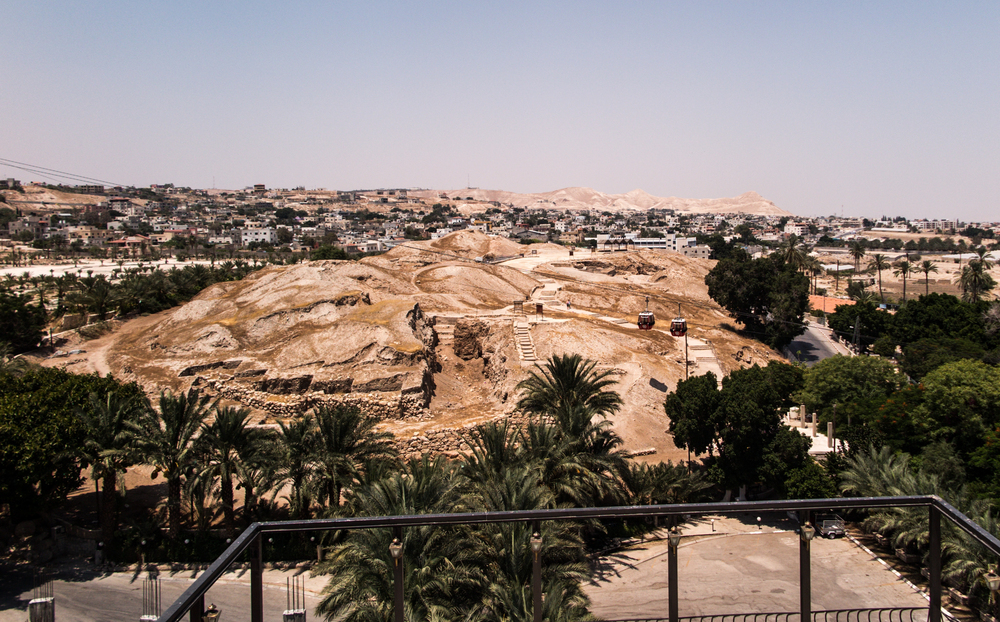
This abandoned Palestinian village near Jerusalem preserves traditional stone
architecture and agricultural terraces. The spring-fed pool at the village center
continues to attract visitors as it has for millennia.
Local olive trees, hundreds of years old, still produce fruit on ancient terraces. The village’s houses demonstrate traditional Palestinian architectural techniques using local limestone.
Rawdah, Oman
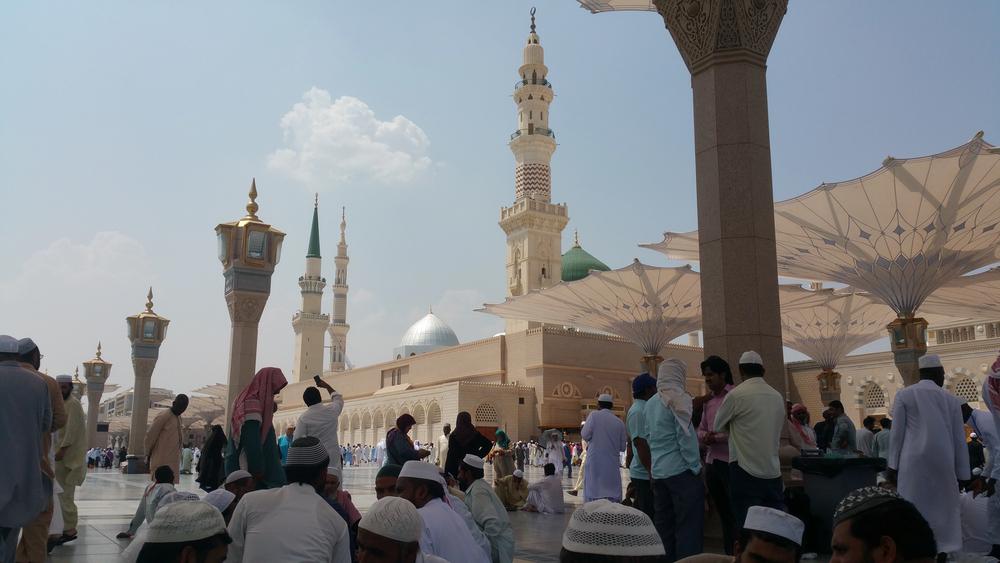
This mountain village preserves traditional defensive architecture and agricultural
practices. The stone houses, built into the mountainside, create a natural fortress
overlooking ancient trade routes.
Local families maintain date palm gardens using traditional falaj irrigation systems. The village’s watchtowers and gates reflect centuries of tribal protection of valuable water resources.
Like Travel Pug’s content? Follow us on MSN.
Ancient Rhythms
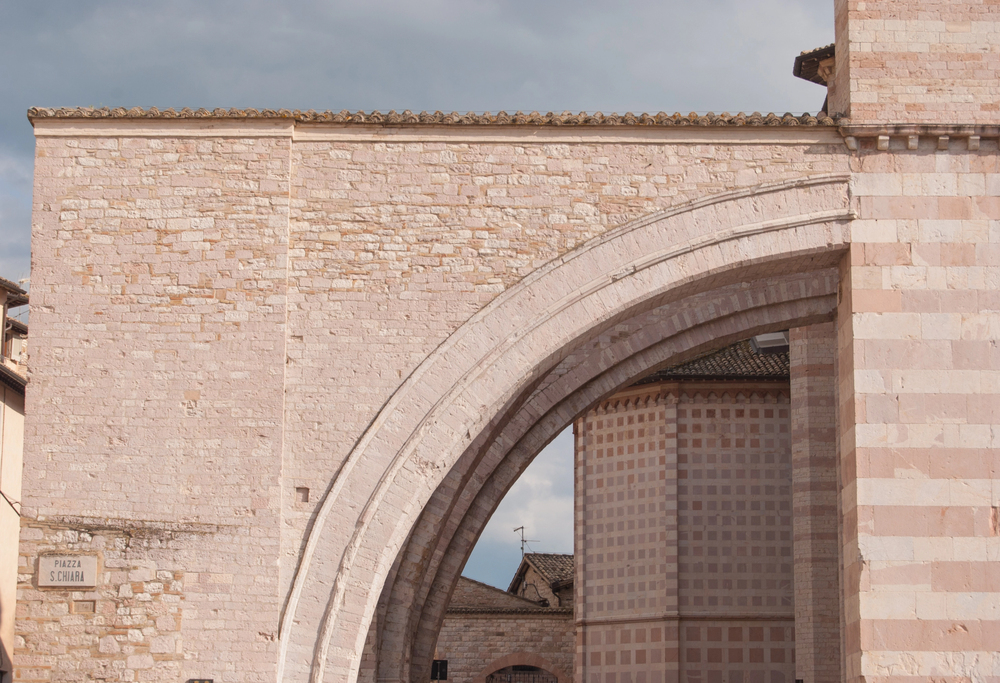
These 20 villages represent living connections to the Middle East’s rich cultural
heritage, where ancient ways of life continue to thrive in our modern world. Their
preservation offers invaluable insights into sustainable architecture, traditional
craftsmanship, and community-based living that remain relevant today.
As you explore these remarkable places, remember that you’re not just visiting
historical sites but entering living communities where ancient traditions continue to
shape daily life, offering lessons and inspiration for our shared future.
More from Travel Pug

- 15 Dangerous European Cities to Avoid
- 15 Caribbean Islands Where Tourists Keep Getting Scammed
- The 20 Most Fascinating Abandoned Places: A Journey Through Time and Forgotten Spaces
- 15 Hidden Places in the Smithsonian Museums Locals Love: A Guide to Lesser-Known Treasures
- 16 Hidden Florida Beach Towns That Aren’t Overrun with Tourists
Like Travel Pug’s content? Follow us on MSN.
